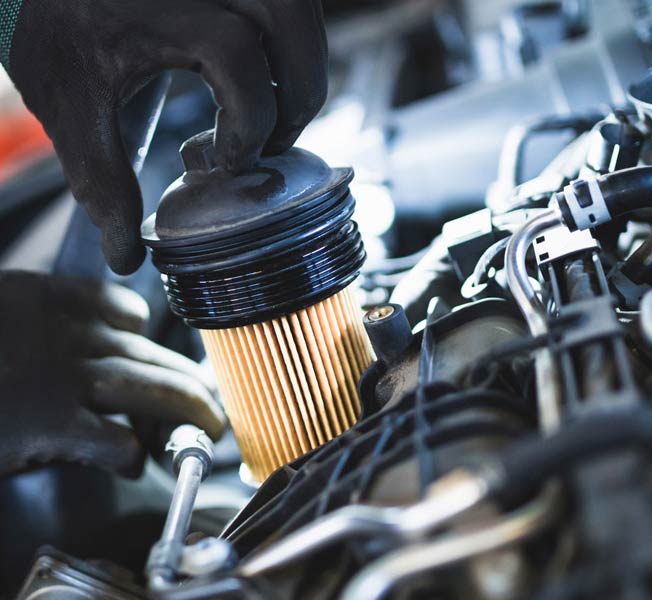Breakthroughs in Catalyst Design and Performance
Recent advancements are redefining TWC efficiency and durability:
- Low-Temperature Activation: New formulations by Guihang Group enable 90% NOx reduction at 140°C, addressing cold-start emissions—a critical challenge for urban driving cycles37.
- AI-Driven Monitoring Systems: Integration of IoT sensors and machine learning algorithms allows real-time optimization of air-fuel ratios, enhancing converter lifespan by 20% and reducing calibration costs410.
- Hydrogen-Compatible Catalysts: Patented systems, such as those by Huawei and CATL, incorporate ammonia slip catalysts (ASC) to manage emissions from hydrogen-fueled engines, aligning with China’s hydrogen energy roadmap9.
Collaborations between automakers (e.g., BYD, SAIC) and research institutions like Tsinghua University are accelerating the commercialization of metal-organic framework (MOF) catalysts, which offer higher surface area and thermal stability
Competitive Landscape: Domestic Dominance and Global Ambitions
China’s TWC market is characterized by fierce competition between local giants and multinational players:
- Domestic Leaders: Aikelan Environmental and Wanli Automotive control 48% of the domestic market, leveraging cost-effective Ce-Zr solutions and vertically integrated supply chains58.
- Global Players: Johnson Matthey and Bosch dominate the premium segment with ultra-low PGM-loading converters, targeting luxury EVs and commercial vehicles57.
- Emerging Startups: Firms like Tivan Limited are pioneering modular converter designs for retrofit applications in older vehicles, tapping into a **¥120 billion ($16.6 billion) aftermarket opportunity**8.
Production hubs in Jiangsu and Guangdong account for 75% of China’s TWC output, supported by proximity to rare-earth mineral reserves and automotive OEM clusters
Sustainability Challenges and Green Manufacturing
Environmental accountability is reshaping industry practices:
- Carbon-Neutral Production: Leading manufacturers are adopting biomass-derived coatings and solar-powered kilns, reducing CO2 emissions per unit by 30%8.
- End-of-Life Management: Government mandates now require blockchain-tracked recycling of TWCs to combat illegal dismantling and PGM smuggling58.
- Water-Gas Shift Reaction Optimization: Research into ceria-based oxygen storage materials is minimizing unburned hydrocarbon (HC) emissions during transient engine operations10.
Future Outlook: Navigating Disruption and Expansion
While the industry faces challenges like PGM price volatility and the long-term threat of full vehicle electrification, strategic adaptations are unlocking new opportunities:
- Hydrogen Economy Integration: TWCs are being redesigned for fuel-cell vehicles, with pilot projects underway in Shanghai and Guangzhou9.
- Global Market Penetration: Chinese firms are acquiring European tech startups to access SCR and DPF patents, targeting the **€45 billion ($48 billion) EU emission control market**18.
- Digital Twin Technologies: Simulation platforms are reducing R&D cycles by 40%, enabling rapid prototyping of catalysts tailored to regional fuel quality and driving conditions410.
Conclusion
As China accelerates its transition to carbon neutrality, the TWC industry is evolving from a compliance-driven sector to a hub of cutting-edge material science and digital innovation. Stakeholders must prioritize cross-industry partnerships, recycling infrastructure investment, and hydrogen-ready technologies to maintain global leadership. With R&D expenditure projected to reach **¥180 billion ($25 billion) by 2027**, the sector is poised to redefine sustainable mobility in the decarbonized era.
Keywords: Three-Way Catalytic Converter, China Emission Standards, Ce-Zr Catalysts, Hydrogen Compatibility, PGM Recycling, Circular Economy.

